I am quite new in DSP and generating the spectrogram of an audio file. My spectrogram is not smooth and it is showing the quite raw image with pixel values, something like this
While I am looking for a smooth spectrogram like this
Where I am doing mistake? Is it because of size of window size? My code to generate Mel spectrogram is
def readData(file):
origData,origSampFreq = librosa.load(file, sr=None)
return origData, origSampFreq
def resample(originalData, origSampFreq, targetSampFreq):
resampledData = librosa.resample(originalData, origSampFreq, targetSampFreq)
return resampledData
def normalizeSound(resampledData, axis):
""" Axis is 0 for row-wise and 1
for column wise"""
normalizedData = normalize(resampledData, axis)
return normalizedData
def calculateMelSpectogram(normalizedData, hop_length, win_length, sr):
#newSamplingFreq = 16000
S=librosa.feature.melspectrogram(normalizedData, sr=sr, hop_length=hop_length, win_length=win_length)
return S
#Plot melspectogram
def plotMelSpectogram(S, sr, name, ref=np.max):
plt.figure(figsize=(10,3))
S_dB = librosa.power_to_db(S, ref=np.max)
librosa.display.specshow(S_dB, x_axis='time',y_axis='mel', sr=16000,)
plt.colorbar(format='%+2.0f dB')
plt.title('Mel-frequency spectrogram')
plt.savefig('./chunk_images/' + name + "mel.png",dpi=(300), bbox_inches='tight')
plt.tight_layout()
plt.show()
def featureExtraction(audioFile, name, targetSampFreq = 16000,
axis =0 ,
hop_length= 256,
win_length=512):
y, y_sr = readData(file=audioFile)
print(y, y_sr)
resampledData = resample(originalData=y, origSampFreq=y_sr, targetSampFreq=targetSampFreq)
normalizedData = normalizeSound(resampledData, axis=axis)
S = calculateMelSpectogram(normalizedData=normalizedData, hop_length=hop_length, win_length=win_length, sr=targetSampFreq)
plotSound(soundData=normalizedData, sr=targetSampFreq,x_axis_string='time' , name = name)
plotMelSpectogram(S, sr=targetSampFreq, name = name, ref=np.max)
return S
# plot orginal time domain data
def plotSound(soundData, sr, x_axis_string, name):
plt.figure(figsize=(10,3))
waveplot(soundData, sr, x_axis=x_axis_string)
plt.savefig('./chunk_images/' + name + "sound.png",dpi=(300), bbox_inches='tight')

